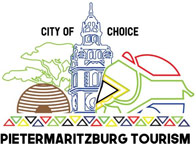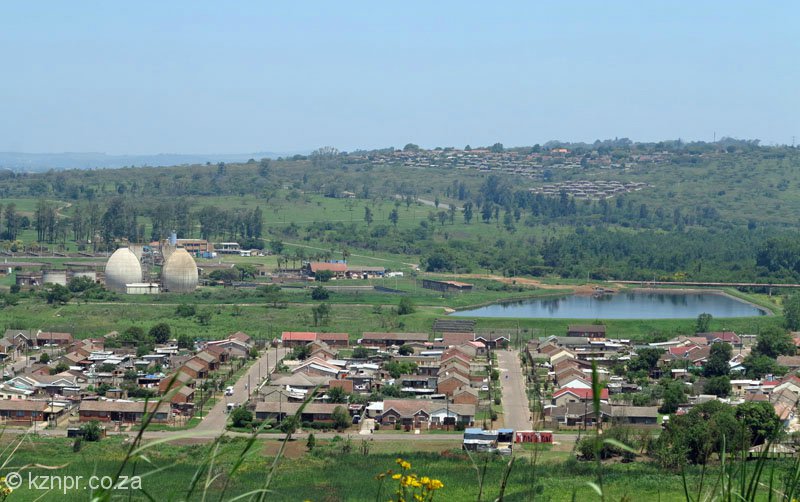Msunduzi Mayor’s Message
The Sobantu Village Tourism Experience is a great initiative as it is part of the programme to showcase the city’s tourism richness that is mostly found in previously neglected areas.
Pietermaritzburg is one of a few cities that can provide a mixture of colonial, township and rural experiences within a few minutes travelling from the City Centre.
The heritage of Sobantu and its contribution towards attainment of our freedom is well recorded both as one of the initial townships in the country and the first to boycott Bantu Education and also the first township in Pietermaritzburg to set off the political rallies.
I recognize the fact that Tourism has consistently grown while other sectors declined due to economic challenges and I have no doubt that the city and its citizens have a lot to benefit from this initiative and I congratulate Msunduzi Pietermaritzburg Tourism Association for spearheading it.
Hon Mayor-Cllr Mzi Thebola

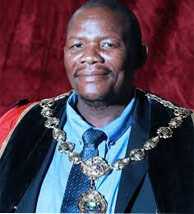
Sobantu: A model village Sobantu Village was built in 1927 to accommodate Africans, particularly middle class Africans who had professional jobs in town, and it was situated on the south-eastern side of Pietermaritzburg. From its establishment the place had been referred to as the Native Village, but in 1947 it was renamed Sobantu to honour Bishop J.W. Colenso on whose farm it had been built. It was situated within a short walking distance from the white residential area of Bishopstowe and from the city’s central business district.

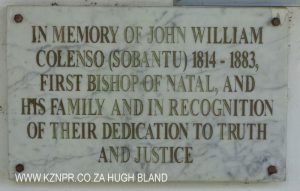
COLONIAL AND LIBERATION HERITAGE
Bishop J.W. Colenso was the first Bishop of Natal.
He was known as Sobantu (father of the people) to the native Africans in Natal.
Having worked closely with native Africans, Colenso found himself estranged from colonial society in Natal over time..
He also had a close relationship with members of the Zulu royal family; one of whom, Mkhungo (a son of Mpande), was taught at his school in Bishopstowe. After his death his wife and daughters continued his work supporting the Zulu cause and the organization.

Born in Sobantu, he played a prominent role in the formation of the Sobantu branch of the ANC. A veteran and stalwart of liberation struggle, Anton ‘Mfenendala’ was involved in different times and levels of the struggle for liberation.
Xaba was amongst the first recruits of uMkhonto WeSiszwe that were sent outside the country to undergo military training
During his life he faced frequent arrests and persecutions by apartheid regime which ultimated to his incarceration in Robben Island. Xaba was released in 1990 after spending almost 26 years on Robben Island
He passed away in July 2009 after a long illness and left behind a legacy that all visiting Sobantu should learn about

ICONIC BUILDINGS
St Christopher ’s Church in Shaka Street was built in 1950 after the Anglican church was granted plot to build the church
Before this church was built, Bantu Apostolic church in Zion had filed their application in 1946 and was turned down because only churches linked to white missionaries were considered.

SOBANTU COUNCIL CHAMBER
The Council Chamber was built during apartheid regime government
It was used as the venue for Council Meeting. The place is situated in Sikhosana Road and was named after the political stalwart Azaria Mabheshu.The place is now used as the Sukuma Sakhe or War Room where governmaent departments meet every month.

SOBANTU COMMUNITY HALL
Situated at Skhosana Road, the hall stands next the spot where the rent boycott was held in 1982. SOBANTU was amongst the first places where rent was boycotted and residents demanded house ownership.The Community Hall was later renamed after Anton Mfenendala the political icon who was imprison with Nelson Mandela and Trueman Magubane at Robben Island.

ADMINISTRATION OFFICE

SOBANTU’S FIRST HOUSE
The house number 13 Shaka Street is the first house built back in 1930, in the area called KoPondo located west of Sobantu. The first black person to own the house in 1934 was Mr Dinga Ndlela.
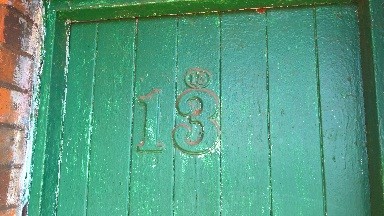
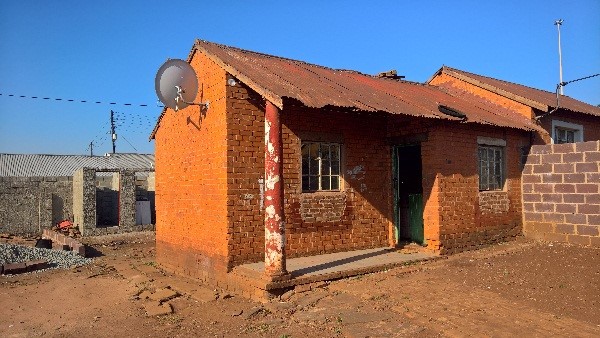
BARRACKS “Sobantu’s Tennis Court”
The Barracks was built 1943 -1944 is situated opposite the administration office. It was residence of Mrs Smith, the Superintendent and later used by Mr Warld while she was relocated to Big House.The tennis Court was used by the family.

SOBANTU’S BIG HOUSE
It was built in 1930’s and was owned by first Superintendent
Bishop Colenso who was named Sobantu by local people due to his love and commitment to social upliftment of black people.
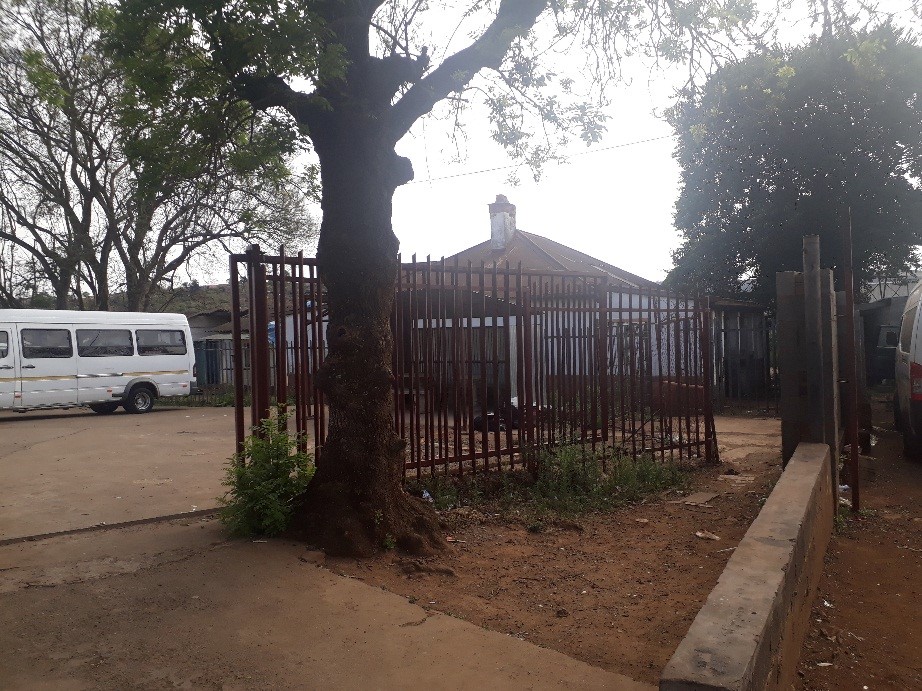
BAPTIST CHURCH
Built in 1950 the church was donated by Missionaries. Residents would travel from Bishopstone to church.
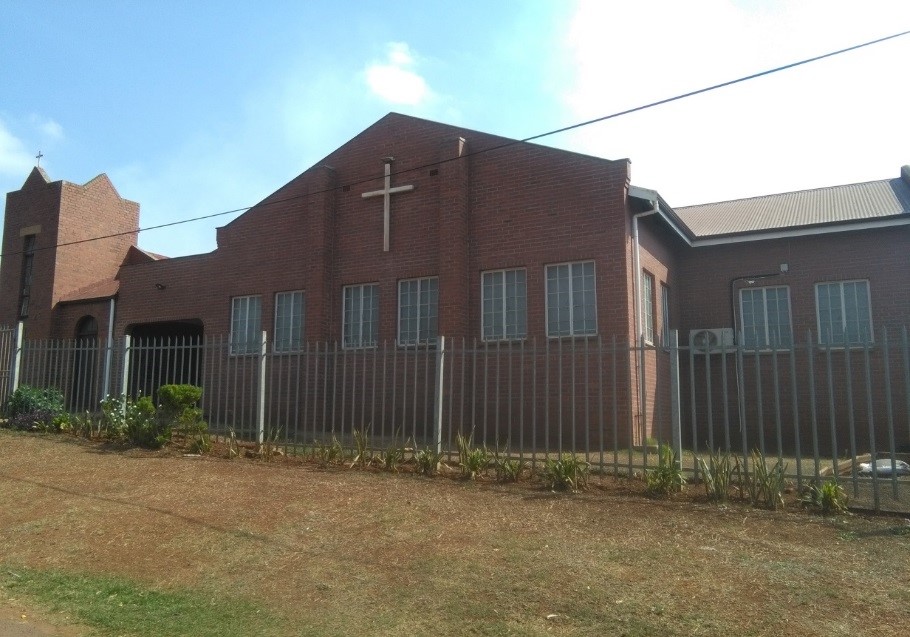
MAJORIE POPE – ELLIS WEAVING HOUSE
Situated at Shaka Street, this was built in 1939 by Majorie – Pope Ellis and donated to local people. Centre was used as training centre for weaving for local women.

ARTS, SPORT & CULTURE
Bhiza Dlamini was born and raised in Sobantu Village. The former striker played for Sobantu Manchester and Maritzburg City before joining the Glamour Boys in 1970.
He was a prolific goalscorer for Chiefs during the club foundational years having joined the club in 1970 and staying for six seasons.
He remains a football symbol for people of Sobantu

Themba Mokoena, having started playing the guitar at the age of six, Themba Mokoena, is one of the country’s finest guitarists.
A recipient of Lifetime Achievement Award, he started playing professionally in the sixties with marabi and jazz bands such as Sobantu Strangers and Black Magic.
He is featured in many local gigs in Sobantu Township

The Award winning Sobantu High School Isicathimaya Group

KASI VIBE / TOWNSHIP LIFESTYLE


HOME STAYS Gidla Xpress ®
Experience Township Hospitality at its best



